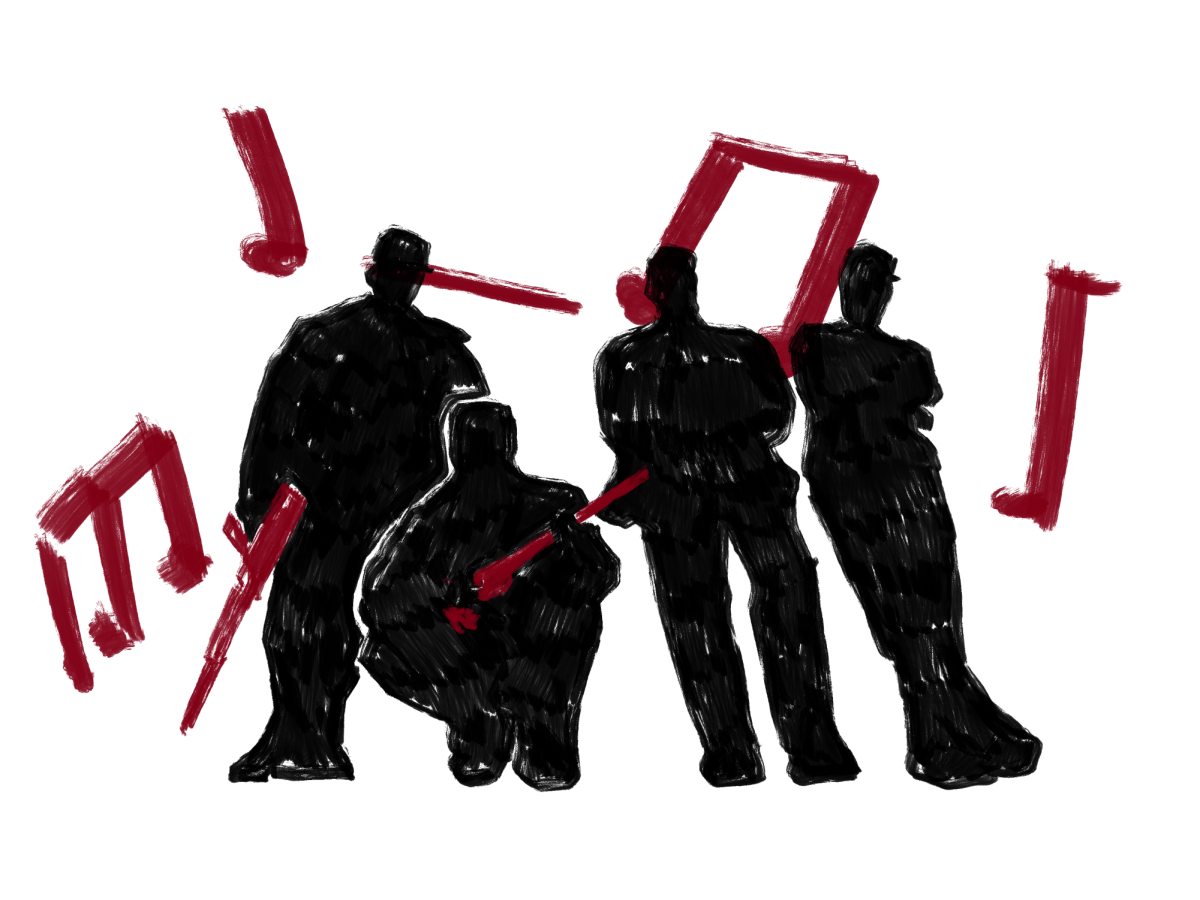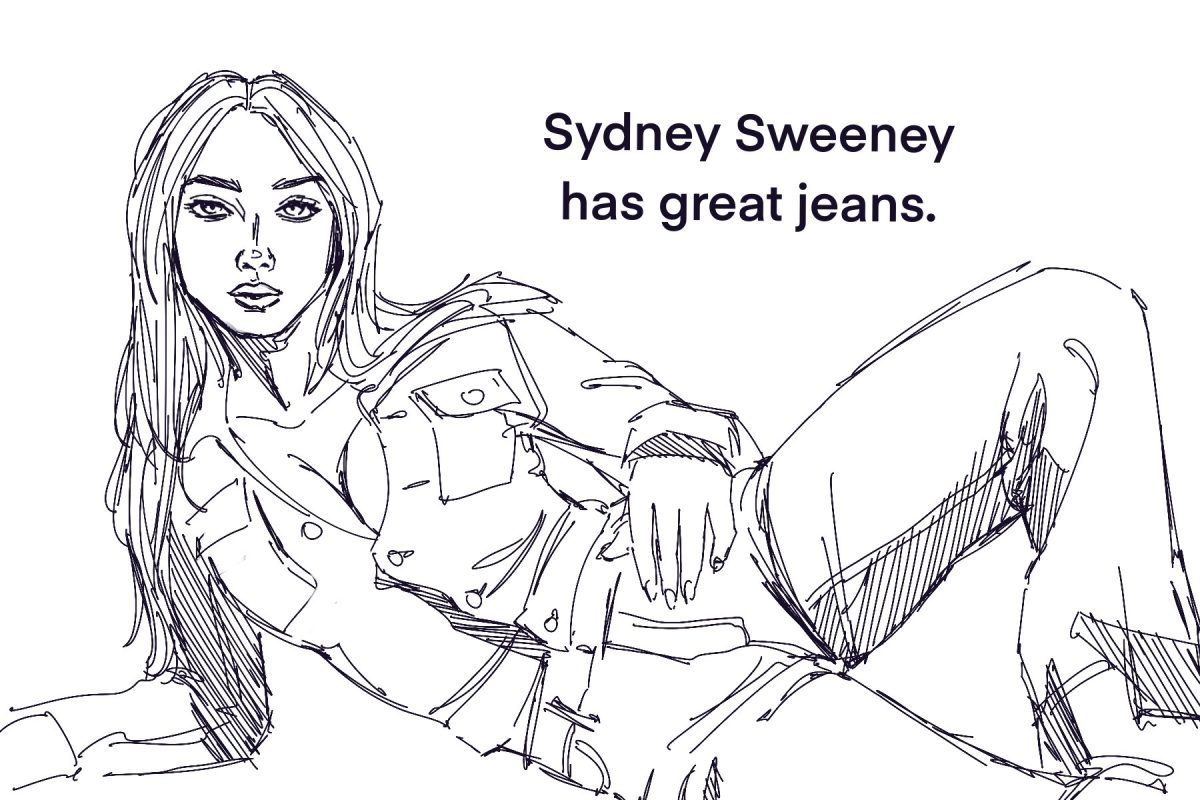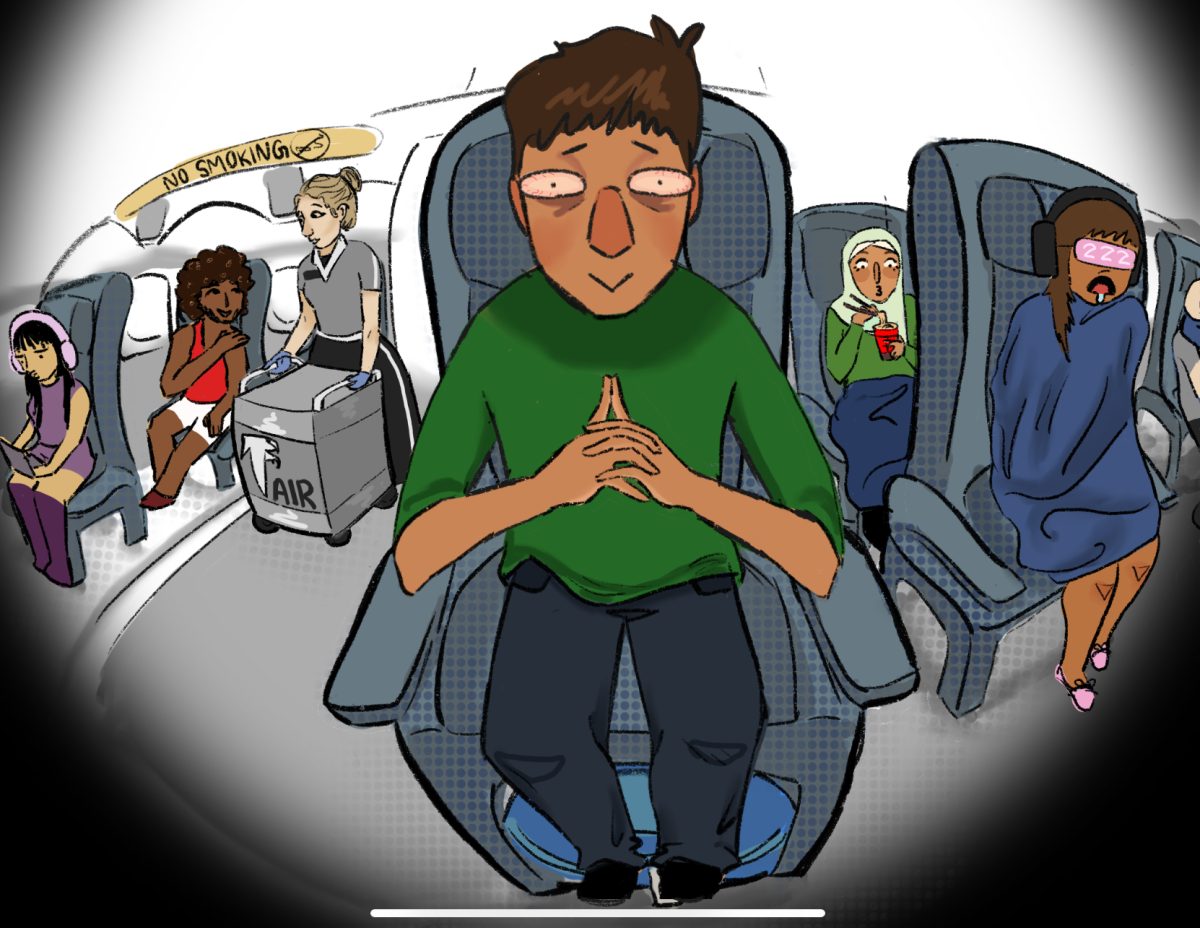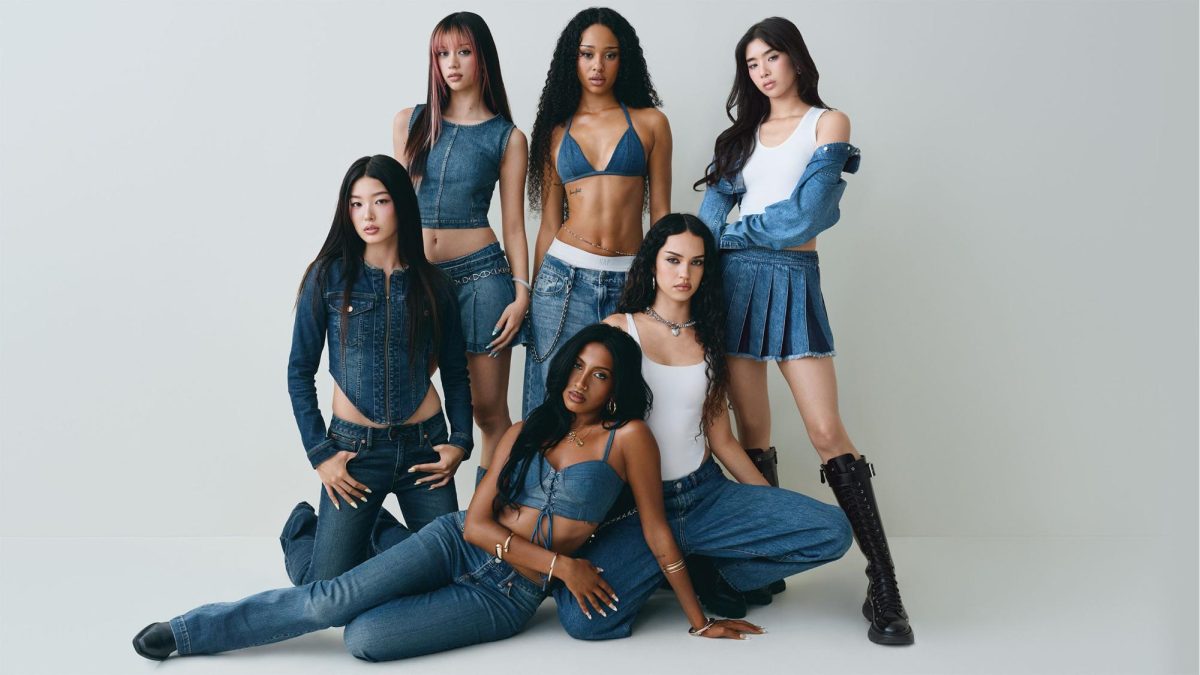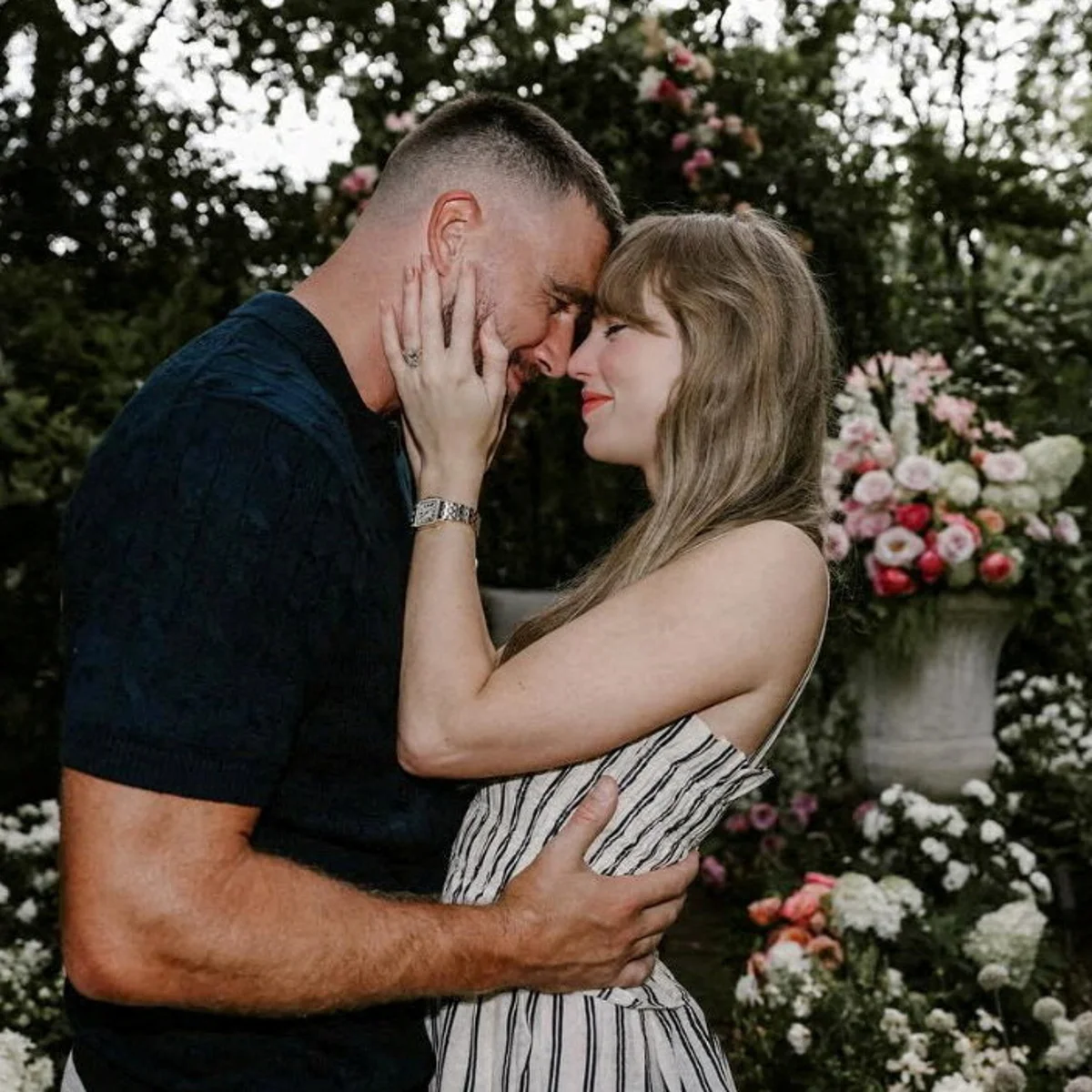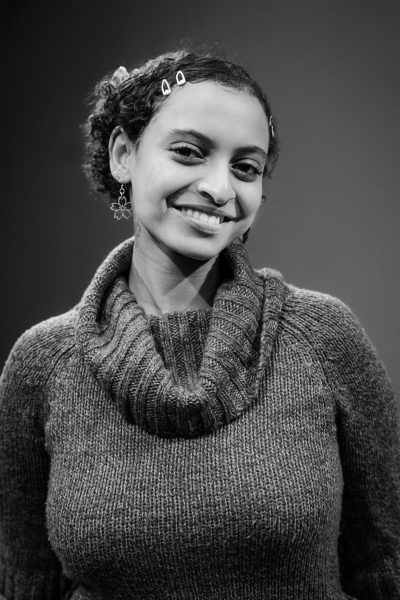The evolution of violence within rap music remains a contentious and widely discussed subject, tracing its roots throughout the genre’s history. From its inception as a powerful form of expression and empowerment, rap provided a platform for artists to articulate their struggles. During the 1980s and early 1990s, however, a shift occurred, and rap lyrics began to reflect the harsh realities of urban life, including violence, poverty and social unrest. This change was in part a response to the growing prevalence of drugs during the crack epidemic and gang violence in many Black communities. Rappers like N.W.A. and Public Enemy became popular figures addressing police brutality, racism, and the challenges faced by their communities. Their lyrics were confrontational and unapologetic, portraying the violence that plagued their neighborhoods. Later, as rap music gained popularity and commercial success in the late 1990s and early 2000s, a change towards glamorizing violence and criminal lifestyles became evident. This era saw the rise of gangsta rap, characterized by explicit lyrics detailing street violence, led by iconic figures like Tupac and The Notorious B.I.G.
In the 21st century, rap has continued to evolve, incorporating various sub-genres and styles. While some artists continue to depict the realities of their communities, others use violent imagery for shock value and commercial gain. Unfortunately, the evolution of violence in rap reflects the ongoing struggle for artists to navigate their creative expression within the context of commercial pressures.
The discussions surrounding violence in rap are fascinating, primarily because they often seem to miss the mark by oversimplifying the complexities of the genre, reducing it to mere glorification. Critics, concerned about explicit language and violent imagery, often miss the underlying context and the artists’ need to express their suffering. What they fail to recognize is that rap, like any other form of artistic expression, is a reflection of reality. People are often quick to censor or demonize rap, yet never call into question why rappers feel the need to commodify their experiences with violence.
The commodification of violence in rap isn’t unique to this genre alone. Artists across various mediums, from literature to visual arts, have depicted their struggles and experiences in different ways. The difference lies in the visceral nature of rap in its ability to hit hard and fast. Additionally, rap serves as a valuable tool for cultural preservation. It not only encapsulates the nuances of a particular era but also serves as a medium for documenting the social, political, and cultural experiences of a community.
Through their lyrics, rappers shed light on the social injustices, inequality, and discrimination prevalent in their lives which in turn creates a platform for dialogue. For example, rappers like KRS-One, the Furious Five, MC Lyte, Public Enemy, and Dr. Dre have used their music to chronicle the devastating impact of the Black crack epidemic. Through music, these artists have preserved the historical narrative of the epidemic which allows future generations to understand and learn from this critical period in history. The misinterpretation of these messages underscores a larger problem: a failure to empathize with the lived experiences of those who use rap as a medium to voice their hardships.
This article also appears in our December 2023 print edition.

